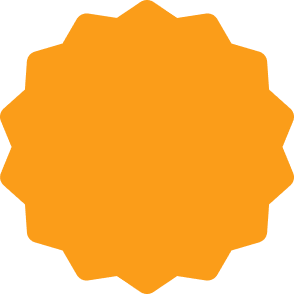What Are Custom Designs?
Custom designs refer to creations tailored to specific needs, preferences, or branding requirements. Unlike mass-produced templates, they are intentionally crafted to align with individual or business goals. These designs can apply to various industries and formats.
What Is an Example of a Custom Design?
Custom design refers to a solution created to address specific user needs, often diverging from standardized models. Examples include:
- Custom Website Interface: Designed to match brand aesthetics and optimize user experience.
- Tailored Interior Architecture: Layouts and finishes based on the client's functional and visual preferences.
- Bespoke Software Applications: Developed to handle unique business processes or industry-specific workflows.
- Personalized Product Packaging: Structurally and visually designed to enhance shelf presence and consumer engagement.
- Custom Apparel: Clothing fitted and styled to individual measurements, preferences, or branding needs.
- Specialty Industrial Equipment: Machines configured for unique manufacturing tasks or space constraints.
- Unique Furniture Design: Pieces crafted to suit particular spatial dimensions, usage habits, or aesthetic goals.
How to Create a Custom Design?
1. Fabric Markers – Quick and Personal
Fabric markers are one of the easiest ways to get started. They work like regular markers but contain permanent ink suitable for fabrics. Draw patterns, quotes, or simple illustrations directly onto clothes. Once heat-set, the designs stay vibrant even after multiple washes.
2. Embroidery – A Touch of Texture
Embroidery adds elegance and texture to any piece. You can hand-stitch initials, logos, or patterns, or use an embroidery machine for more complex designs. Choose thread and needles based on your fabric type, and make sure the finished stitch holds up to wear and washing.
3. Patches – Vintage and Playful
Iron-on or sew-on patches are an easy way to customize jackets, jeans, and bags. They come in endless designs—or you can create your own. For a more layered look, combine patches with embroidery or embellishments.
4. Tie and Dye – Artistic and Affordable
This classic DIY technique turns plain fabric into bold, colorful art. You can use rubber bands to create patterns, then apply fabric dye for stunning results. Great for t-shirts, scarves, or tote bags, and no two pieces ever turn out the same.
5. Pins and Embellishments – Instant Style Boost
Pins, studs, beads, or rhinestones can transform any basic fabric into a statement. Customize them based on a theme or trend. They're especially effective for temporary personalization—swap them out as your mood or style changes.
6. Prints – Make It Professional
If you're looking to scale or sell your designs, printing is the way to go. You can start with iron-on transfers at home or use services that offer screen printing or sublimation. Digital design tools like Canva or Photoshop help create polished visuals before printing.
7. Monogram – Simple and Classy
Monogramming adds a timeless personal touch. It can be done through embroidery, print, or even laser engraving on certain materials. From hand towels to canvas bags, monograms make your design look curated and professional.
How Much Does a Custom Design Cost?
Custom design costs depend on various factors. Hiring a freelance designer typically ranges from $20-$100 per hour, while experienced professionals or agencies may charge $100-$300 per hour.
Beginners can explore free software like Canva or GIMP to create designs at no cost, though professional tools and expertise often yield better results for commercial use.


























